The Irish Republican Congress Revisited
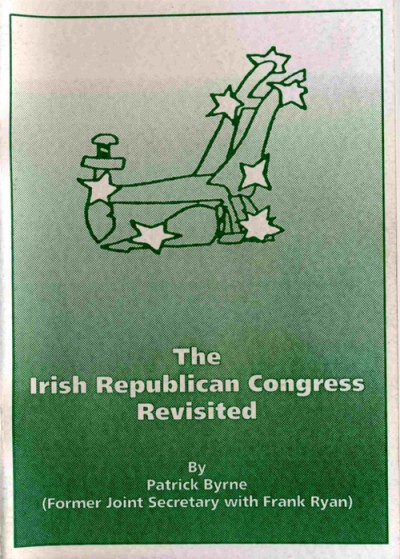
| Date: | 1993 |
|---|---|
| Organisation: | Connolly Association |
| Series: | Living History Series |
| Author: | Patrick Byrne |
| View: | View Document |
| Discuss: | Comments on this document |
| Subjects: | Republican Congress |
Please note: The Irish Left Archive is provided as a non-commercial historical resource, open to all, and has reproduced this document as an accessible digital reference. Copyright remains with its original authors. If used on other sites, we would appreciate a link back and reference to The Irish Left Archive, in addition to the original creators. For re-publication, commercial, or other uses, please contact the original owners. If documents provided to The Irish Left Archive have been created for or added to other online archives, please inform us so sources can be credited.
Commentary From The Cedar Lounge Revolution
22nd August 2011
Many thanks to NollaigO for donating this document to the Archive.
This document was printed in 1993 by the Connolly Association, however it appears it was originally printed in 1986 as a preface from C. Desmond Greaves makes clear. As Nora Harkin writes in the Foreword:
At a meeting on 27th February, 1993, in the County Museum Letterkenny, to mark the centenary of the birth of Peadar O’Donnell, the Chairman, Kevin Monaghan, reminded the large gathering that as two of the speakers (I was one) had been lifelong friends and comrades with pear in the good cause, the time was opportune to obtain information from them about him because in a few more years they mightn’t be around.
She continues:
The story that Paddy Byrne, the other ancient speaker, has to tell in this pamphlet on the Republican Congress (1933-39) will provide an answer to many questions bearing on this period of Peadar’s long life. There is little printed material on this phase of Socialism in Ireland. Modern historians and revisionists are given to dismissing it as a putsch arising from a split in the IRA caused by Peadar O’Donnell, George Gilmore, Frank Ryan and Michael Price, which collapsed after the Convention in Rathmines Town Hall in September 1934. This version is however at variance with the facts, nor was the leadership confined to four well-known names in the Republican hierarchy.
And concludes:
This pamphlet deserves a place in Irish social history and should be seen, not just as a milestone on the road to a Socialist Republic, but as a signpost for Young Ireland, showing the way to the future.
As C. Desmond Greaves notes in his preface:
[Patrick Byrne’s apology is hardly necessary. [His] memory is as clear as a bell. His account is as authentic as any of the printed sources and more so than most.
Byrne was a member of the Connolly Association, and as Greaves notes ‘the Connolly Association began its existence as the London Branch of the Republic Congress’.
The text by Byrne offers an interesting insight into his perception of the genesis and development of the Republican Congress. The issue of a ‘reborn Irish Citizen Army’ is particularly intriguing as is its outcome and the obvious similarities with later debates about militarism in the context of revolutionary social organizations. Perhaps most notable though is the consciousness of fascism [and ‘clerical reaction’] in an Irish context and how this fed into response by Republican socialists later in the 1930s to the Spanish Civil War.
More from Connolly Association
Connolly Association in the archive
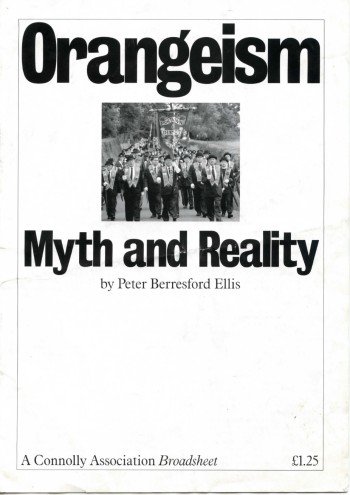
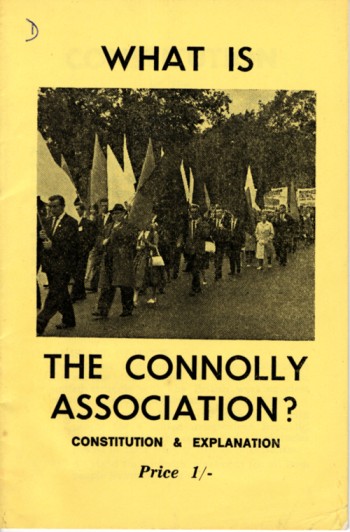
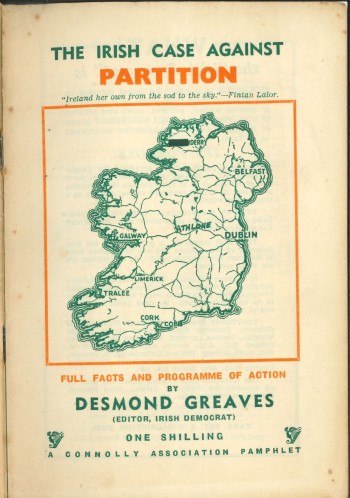
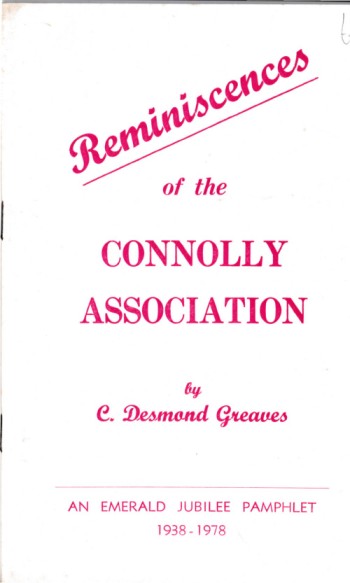
Comments
George Gilmore
By: Heather Graham | 1st October 2018, 12:43pm
Interesting Reading, George Gilmore was my Dads First Cousin and both were brought up in Howth, living almost next door to each other. What I would love to know is why my Great Aunt George's mother Frances Gilmore, (Known as Fanny) was sent to prison, What had she done wrong, how long was she in prison, and which prison was she sent to. I have struggled to find answers to this for about 5 years and am no nearer getting an answer so please help me. Regards, Heather Graham
Add a Comment
Comments can be formatted in Markdown format . Use the toolbar to apply the correct syntax to your comment. The basic formats are:
**Bold text**
Bold text
_Italic text_
Italic text
[A link](http://www.example.com)
A link
You can join this discussion on The Cedar Lounge Revolution
By: C. Flower Mon, 22 Aug 2011 08:53:56
I’m very happy to see this and look forward to reading it.
At the moment I’m entering George Gilmore’s “The Irish Republican Congress”, with its foreword, in quotable text on Politicalworld.org, for discussion purposes. The thread is locked until the text is complete – this is likely to be some time later this week.
http://www.politicalworld.org/showthread.php?t=8330
The IRC seems to to have been an enormously interesting and important venture in Irish politics, although as Gilmore says, one that failed. The experience can be quarried for valuable lessons for the present era, which is also one of intense capitalist crisis. This document by Patrick Byrne will help to give an all-round picture of the Congress.
Reply on the CLR
By: 21stcenturypartisan Tue, 23 Aug 2011 03:57:08
Its a very interesting pamphlet alright, I think its the one where its mentioned that Rep Congress gave Brendan Behan his first job!
Reply on the CLR
By: “Irish Republican Congress” by George Gilmore « The Cedar Lounge Revolution Tue, 23 Aug 2011 06:33:51
[…] a quick note from Jim Lane to mention that on foot of the Left Archive post here… The Republican Congress book by Patrick Byrne, in it’s first contributed comment […]
Reply on the CLR
By: Cass Tue, 23 Aug 2011 11:51:53
Pleased to know there are still some of these available. I recommend it highly, not only for the detailed account of the Congress and the very interesting contextual introduction, but for its quality of political analysis, which is much in advance of most of what we see today.
Reply on the CLR
By: Rosalie C. Popick Tue, 21 Aug 2012 18:05:18
While at this time writing the biography of George Gilmore, currently concentrating on Ch 4 and the Irish Civil War, although I have read on line some summaries related to the Spanish Civil War, I do intend to read more fully Byrne’s rendition of the Republican Congress. Most especially to learn how Byrne became joint secretary with Ryan. As I remember from Gilmore’s earlier edition of THE IRISH REPUBLICAN CONGRESS and the next two publications as well as his other writings throughout the next thirty years regarding the Republican Congress that followed the initial publication in 1935, it was Gilmore who was joint secretary with Ryan.
Reply on the CLR